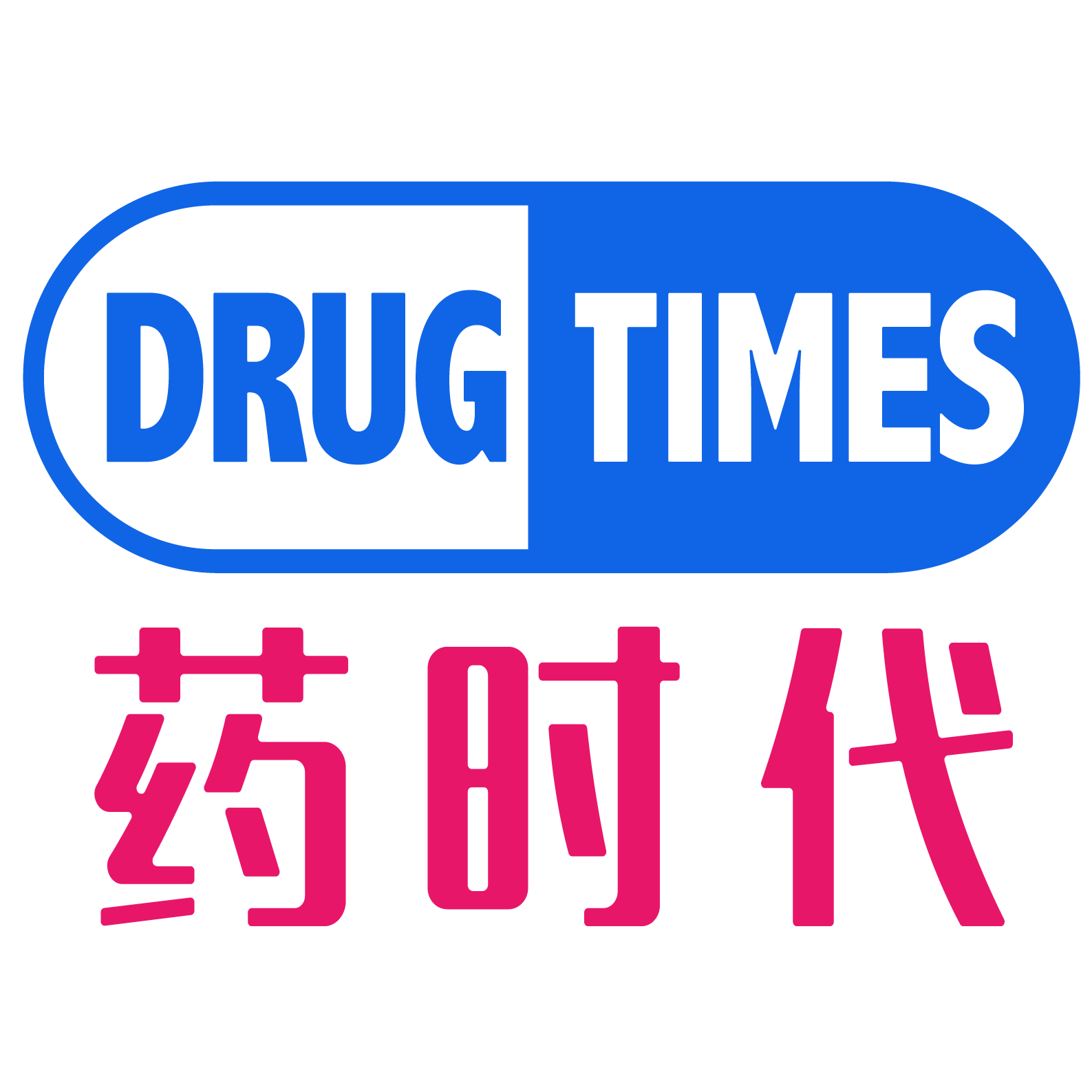
Johnson & Johnson aggressively targets the IBD (Inflammatory Bowel Disease) , submitting marketing applications to the FDA twice a year.
Once in March this year, Johnson & Johnson submitted a supplemental Biologics License Application (sBLA) to the FDA for its Tremfya (guselkumab) for the treatment of adult patients with moderate to severe active ulcerative colitis (UC);
Another time in June this year, Johnson & Johnson submitted a sBLA to the FDA for Tremfya for the treatment of adult patients with moderate to severe active Crohn’s disease (CD).
Now, three months have passed, and Tremfya has secured its first IBD indication.
01
On September 11, 2024, Johnson & Johnson announced that Tremfya has been approved by the FDA for the treatment of adult patients with moderate to severe active UC (Ulcerative Colitis).
The press release indicates that Tremfya is currently the first and only fully human dual-action monoclonal antibody for UC treatment that can block IL-23 while binding to the CD64 receptor.
“Tremfya significantly improves the chronic symptoms caused by ulcerative colitis, especially in helping the endoscopic appearance of the intestinal mucosa to return to normal,” said Dr. David T. Rubin, Director of the Inflammatory Bowel Disease Center at the University of Chicago Medical Center, who is also the principal investigator of the QUASAR study.
The approval of this UC indication was supported by data from the ongoing pivotal Phase 2b/3 QUASAR study. The study aims to evaluate the safety and efficacy of Tremfya in the treatment of adult patients with moderate to severe active UC who have an inadequate response or intolerance to conventional treatments, other biologics/JAK inhibitors.
Results showed that at week 44, 50% of patients receiving Tremfya 200mg subcutaneously (SC) every 4 weeks (q4w) and 45% of patients receiving Tremfya 100mg SC every 8 weeks (q8w) achieved the primary endpoint of clinical remission, compared to 19% in the placebo group (p<0.001).
Furthermore, after one year of maintenance treatment with Tremfya SC, 34% in the 200mg group and 35% in the 100mg group achieved endoscopic remission, with the placebo group at 15% (p<0.001).
The establishment of two dosage groups, 200mg and 100mg, is due to Tremfya having both subcutaneous (SC) and intravenous (IV) formulations. The 200mg IV is the induction dose for the first eight weeks, followed by two recommended maintenance doses: 100mg SC at week 16, then q8w; 200mg SC at week 12, then q4w.
Currently, Tremfya has been approved for four indications worldwide, with the other three being moderate to severe plaque psoriasis (July 2017), active psoriatic arthritis (July 2020), and palmoplantar pustulosis (approved only in Japan).
02
Johnson & Johnson’s urgency in aggressively targeting the IBD field is mainly due to two factors: its own pipeline and market demand.
In terms of its own pipeline, Johnson & Johnson can be considered the “big brother” in the IBD field. The first anti-TNF drug for CD, infliximab (Remicade), and the first IL-23 antibody for CD, ustekinumab (Stelara), both originated from Johnson & Johnson.
However, with Remicade first launched in 1998, its peak has long passed; the U.S. patent for Stelara expired last year. According to Pharma ONE database statistics, there are 78 companies worldwide involved in the research of Stelara biosimilars, with 8 approved and on the market, 3 in the application stage, and 24 in Phase III clinical trials.
In addition to continuously expanding new indications for Stelara, Johnson & Johnson urgently needs a new drug to take the baton and support its autoimmune business.
In terms of market demand, let’s first talk about Johnson & Johnson’s autoimmune products. In 2014, Remicade’s sales peak was nearly $9 billion; Stelara’s sales broke through $10 billion last year, reaching $10.858 billion, with IBD business being the top priority among these blockbusters.
In terms of the global market, according to incomplete statistics, the current global IBD market is about $18 billion, and it is expected to grow to about $49 billion by 2030.
It is worth mentioning that the IBD market has two main characteristics: high concentration and frequent iteration. Statistics show that four treatment products, including adalimumab, account for 75% of global revenue (Humira $14.404 billion, Dupixent $11.588 billion, Stelara $10.858 billion, and Skyrizi $7.763 billion).
As for frequent iteration, about one-third of IBD patients do not respond to biologic therapy; among patients who initially respond to treatment, about half will experience “secondary loss of response,” indicating a large market demand.
In response, Johnson & Johnson has increased its investment in the next-generation IL-23 monoclonal antibody Tremfya, making the IBD field its top choice after psoriasis. Moreover, Johnson & Johnson has also prepared an oral formulation of the IL-23 antibody JNJ-2113 for the treatment of IBD, as well as a combination preparation JNJ-8408 (Tremfya + TNF drug golimumab) for recurrent patients.
It can be said that Johnson & Johnson has built a pipeline layout for competition in the IBD field for the next few decades.
03
In June this year, AbbVie’s IL-23 inhibitor Skyrizi was approved by the FDA for the treatment of moderate to severe UC, becoming the world’s first IL-23 antibody used for IBD treatment.
Therefore, Johnson & Johnson can only claim in the press release that Tremfya is currently the first and only fully human dual-action monoclonal antibody for UC treatment.
Since losing market exclusivity, the sales of the old drug king Humira have shown a significant decline, with revenue of $14.4 billion in 2023, a year-on-year decrease of 32%. In addition, many blockbusters, including Dupixent, Entyvio, Rinvoq, Tremfya, Ultomiris, and even super blockbusters at the hundred-billion level, will lose core patent protection within the next five years.
Whether it’s Johnson & Johnson, AbbVie, or Sanofi, they all want to seize this golden window period and use the PIP attributes of autoimmune drugs to quickly promote new drug iteration.
Currently, the ongoing trials for Tremfya include pediatric ulcerative colitis, pediatric and adolescent psoriatic arthritis, pediatric Crohn’s disease, subcutaneous induction for ulcerative colitis, structural damage in psoriatic arthritis, and pediatric psoriasis.
Perhaps in the near future, autoimmune drugs will return to the competition for the title of drug king.
【Editor’s note】The above content (~5675 words) is a quick translation of a Chinese article (posted on 2024-09-12) by DrugTimes team. To read the original article, please click here. All comments are warmly welcome. Many thanks!
发布者:DrugTimes001,转载请首先联系contact@drugtimes.cn获得授权

 为好文打赏 支持药时代 共创新未来!
为好文打赏 支持药时代 共创新未来! 